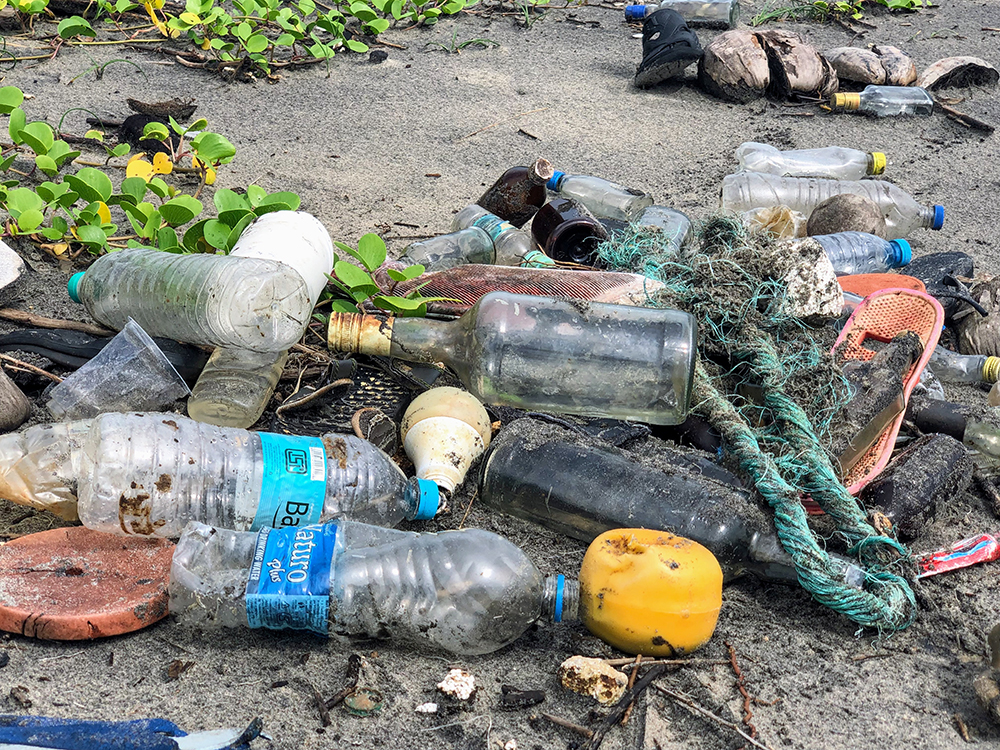
China has revealed plans over the next five years to expand its experimental weather modification program, to cover an area greater than the size of India with artificial rainfall.
- The total area of artificial rainfall will cover more than 5.5 million square kilometres
- The State Council says weather modification will assist in mitigating natural disasters and assisting farmers
- It continues a long line of experimentation in weather modification by China
China’s State Council says breakthroughs in research and new technologies means the country will have a “developed weather modification system” by 2025.
It said the total area of artificial rainfall will cover more than 5.5 million square kilometres, while the area of hail suppression will cover about 580,000 square kilometres larger than Victoria.
“China will have a developed weather modification system by 2025, with breakthroughs in fundamental research [and development] in key technologies, steady improvements in modernisation and refined services, distinct enhancement in comprehensive prevention against safety risks,” the statement said.
The State Council said weather modification will “intensify” in areas of mitigating drought, hail, fires and high temperatures, while also assisting agricultural production and preserving ecologically protected areas.
China experimented with cloud seeding to ensure the weather wouldn’t rain on Beijing’s parade during the 2008 Olympics.(ABC: Huey Fern Tay)
China has long experimented with weather modification, having experimented with cloud seeding to reduce rainfall to ensure the 2008 Beijing Olympics’ opening ceremony went as smoothly as possible.
Cloud seeding specifically, glaciogenic cloud seeding is where tiny drops of super-cooled water that are not growing efficiently enough to become raindrops are converted into ice by adding silver iodide.
This then helps the super-cooled water grow into snowflakes or raindrops ready to fall from the sky. The process only works if conditions are just right.
The process is used in Australia over the Snowy Mountains in NSW as well as Hydro Tasmania’s cloud-seeding operation, which delivers silver iodide to clouds via light aircraft.
Cloud seeding and how it works
More recently, Chinese scientists have revealed they will use satellites and rockets as part of an ambitious project to artificially create rainfall despite doubts surrounding its efficacy.
The $19 million Tianhe Project which translates into Sky River is the world’s largest artificial rain experiment, which aims to divert excess water vapour above the Yangtze river basin towards drier parts of the country, according to local media.
Scientists from China’s Tsinghua and Qinghai Universities put forward the project in 2015. It requires constructing an artificial air corridor to carry the water vapour.
More recently, they have moved to develop satellites and rockets that would then monitor vapour presences and movement and redirect it to create precipitation.

 Subscribe to The Daily Telegraph to get unrestricted digital access, home paper delivery, Apps for iPad and Android, member only +Rewards and much more…
Subscribe to The Daily Telegraph to get unrestricted digital access, home paper delivery, Apps for iPad and Android, member only +Rewards and much more…  Do you compost or buy second hand?
Do you compost or buy second hand?  The Newsreader review: Exhilirating Australian prestige drama
The Newsreader review: Exhilirating Australian prestige drama  Local shares fell on Friday as investors make last-minute adjustments to their portfolios ahead of the main index’s rebalancing, while unease over rising infections grows.
Local shares fell on Friday as investors make last-minute adjustments to their portfolios ahead of the main index’s rebalancing, while unease over rising infections grows. 


